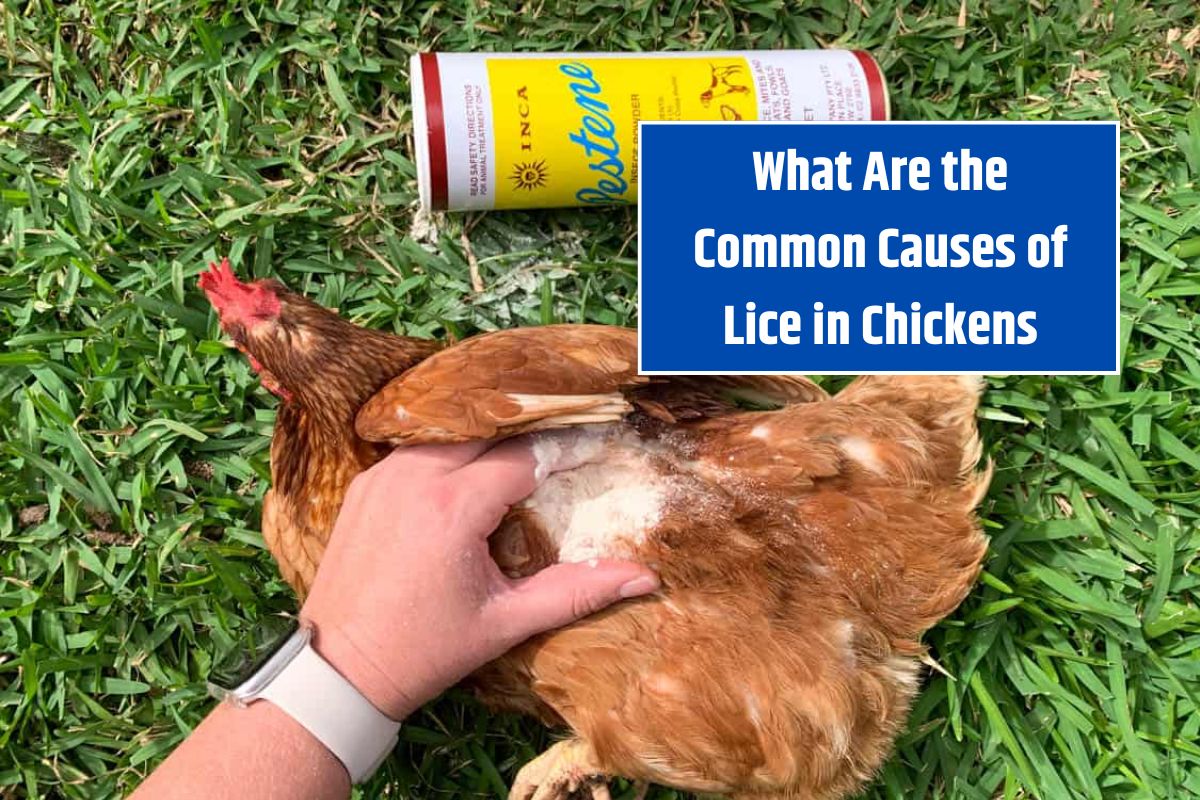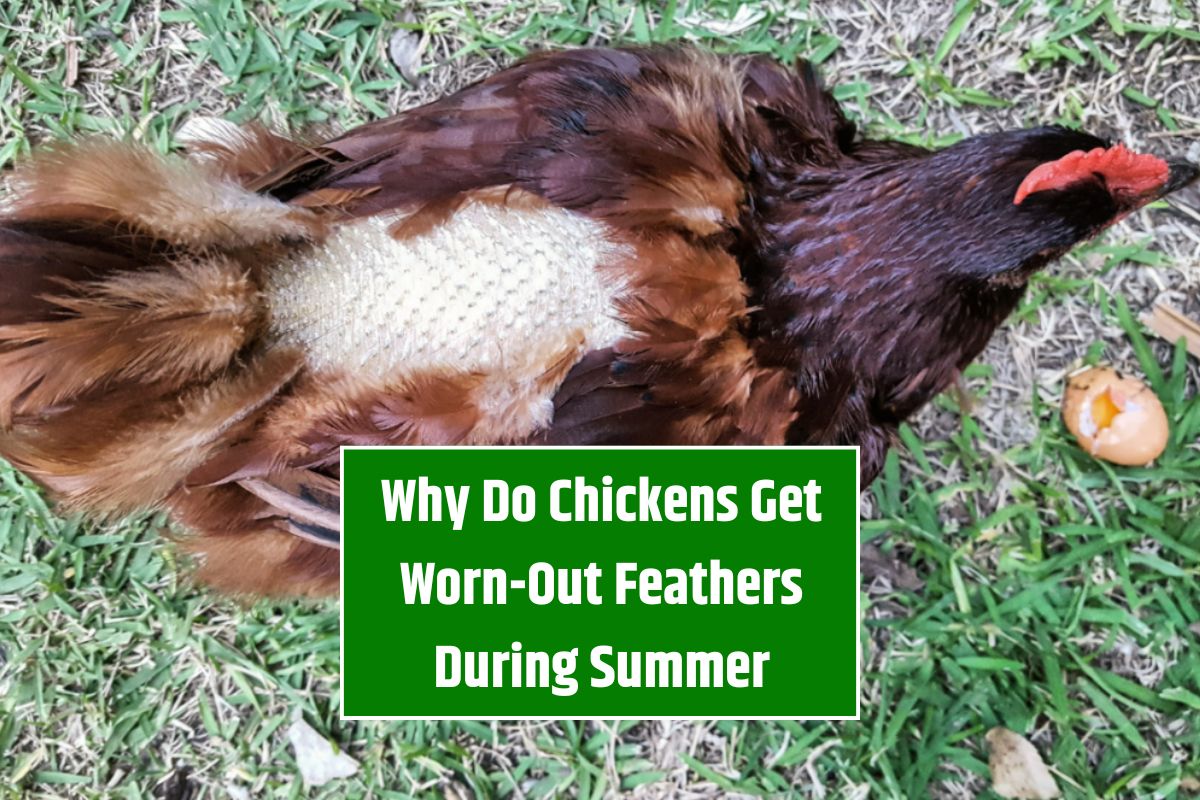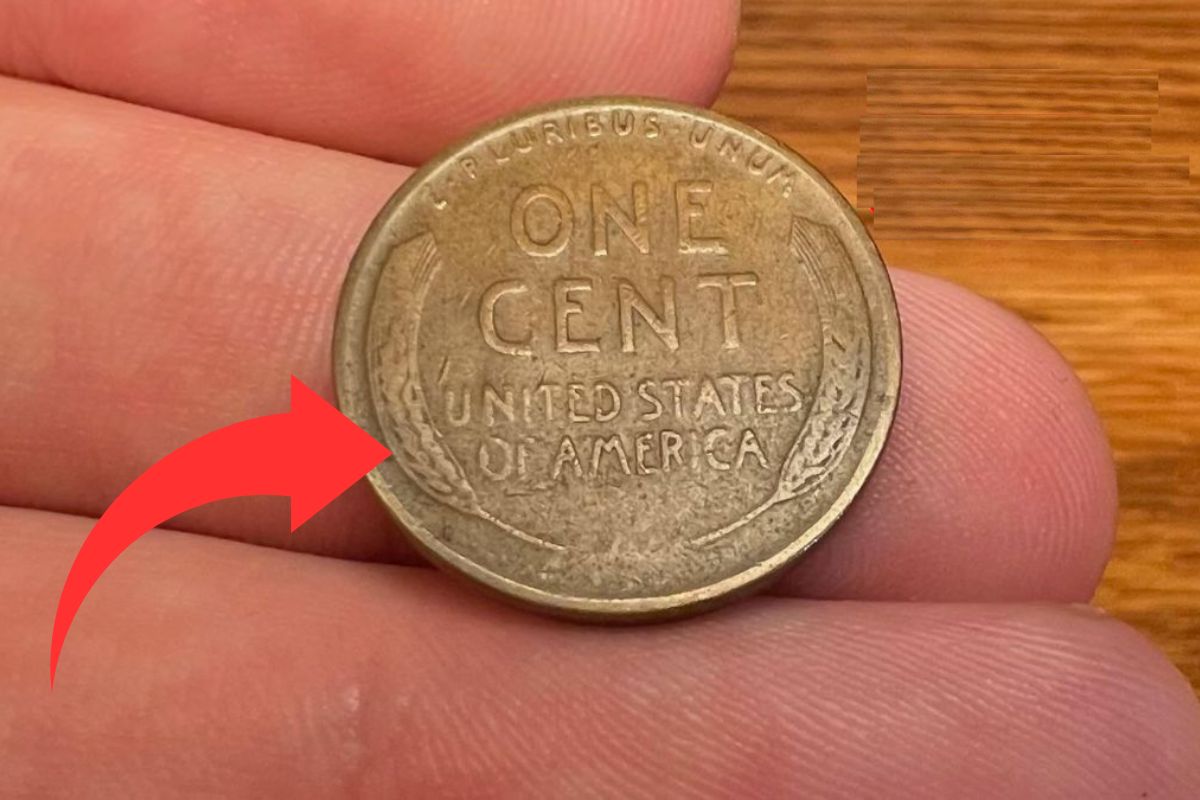Chicken mites are common external parasites that can cause serious health issues if left untreated. With proper knowledge and preventive care, you can protect your flock from these tiny pests. Here’s a complete guide to identifying, treating, and preventing chicken mites.
What Are Chicken Mites?
Chicken mites are tiny external parasites that live on or near chickens. They feed on blood or keratin and can cause significant discomfort and health problems. Mites can live both on birds and in their environment, making infestations hard to eliminate.
Common Types of Chicken Mites
- Northern Fowl Mites
- Appearance: Dark-colored; pale before feeding; very tiny.
- Regions: Common in cooler climates.
- Habitat: Live on chickens and in coops.
- Red Mites
- Appearance: Bright red after feeding; oblong shape.
- Regions: Found in warm, humid climates.
- Habitat: Hide in cracks during the day; feed at night.
- Scaly Leg Mites
- Appearance: Invisible to the naked eye.
- Symptoms: Cause raised, crusty scales on legs and feet.
How Do Chickens Get Mites?
Mites spread through:
- Direct Contact: With infested birds (new flock members or wild birds).
- Environment: Mites can live in coop cracks, bedding, and equipment for weeks without a host.
Wild birds and rodents are major carriers of mites. Free-range flocks are particularly vulnerable.
Signs of Mites in Chickens
Physical Symptoms
- Dirty or clumped feathers around the vent.
- Pin-sized holes in flight feathers.
- Raised, crusty scales on legs and feet (scaly leg mites).
- Pale combs or wattles (a sign of anemia).
Behavioral Symptoms
- Excessive preening or scratching.
- Decreased egg production.
- Limping (in cases of scaly leg mites).
Identifying Mites
- Vent Area: Part feathers around the vent and check for crawling mites.
- Under Wings: Look for pinholes in feathers or live mites.
- Coop Inspection: Check cracks and roosts at night for mites; use a white cloth to detect red smears.
How to Treat Chicken Mites
1. Treating Northern Fowl and Red Mites
Natural Treatments
- Diatomaceous Earth (DE):
- Sprinkle on chickens and in coops.
- Kills live mites by dehydration but does not affect eggs.
- Use cautiously to avoid respiratory irritation.
- Garlic Juice Spray:
- Mix 1 oz of garlic juice with 10 oz of water.
- Spray on chickens every other day for up to three weeks.
Chemical Treatments
- Permethrin:
- Available as sprays or powders.
- Can be applied to birds and coops.
- Note: Toxic to cats.
- Spinosad (e.g., Elector PSP):
- Mix 9 ml per gallon of water.
- Safe for food animals (no egg withdrawal).
- Kills mites and their eggs; no reapplication usually needed.
- Flea & Tick Sprays:
- Use pet-safe options cautiously.
2. Treating Scaly Leg Mites
- Neem Oil Dip:
- Soak legs in neem oil to suffocate mites.
- Vaseline Application:
- Coat legs with petroleum jelly to smother mites.
- Spray Treatment:
- Apply mite treatment directly to legs after cleaning with warm, soapy water.
How to Apply Mite Treatments
- Hold the chicken securely with its back against your chest.
- Gently part feathers to expose the skin.
- Spray treatment directly onto skin, especially:
- Around the vent.
- Under wings.
- On legs and feet (for scaly leg mites).
- Avoid spraying eyes, nostrils, or ears.
Repeat treatments every 5-7 days to kill newly hatched mites.
Treating the Coop and Enclosure
- Remove bedding and clean thoroughly.
- Apply mite treatment to all surfaces, including cracks and roosts.
- Replace bedding after treatment dries.
- For Spinosad treatments, you can treat bedding directly.
Preventing Chicken Mites
1. Provide a Dust Bath
- Chickens naturally rid themselves of parasites by dust bathing.
- Add wood ash, DE, or sand to the dust bath for extra prevention.
2. Block Wild Birds and Rodents
- Use bird-proof feeders and seal off coop openings.
3. Use Preventive Sprays
- Monthly applications of garlic juice or Poultry Protector can deter mites.
4. Quarantine New Birds
- Isolate new chickens for 2-3 weeks and treat them for parasites before introducing them to the flock.
5. Conduct Monthly Health Checks
- Regularly inspect your flock for signs of mites or other health issues.
Conclusion
Chicken mites can cause serious health issues, but with regular health checks and proactive measures, you can keep your flock safe. If mites do infest your flock, treat both the chickens and their coop to ensure complete eradication. Maintaining a clean environment and using preventive care will help your flock stay healthy and parasite-free.
FAQs About Chicken Mites
1. Can chicken mites live on humans?
Chicken mites cannot live on humans, but they may bite, causing irritation and itching.
2. How do I know if my coop has mites?
Check roosts at night with a flashlight. Mites are most active after dark and may leave red smears if crushed.
3. How long do mites live without a host?
Chicken mites can survive up to 3 weeks in the environment without a host.
4. What’s the best treatment for chicken mites?
Spinosad (e.g., Elector PSP) is highly effective, safe for chickens, and kills both mites and their eggs.
5. Do I need to treat my entire flock?
Yes, even if only one chicken shows symptoms, treat the entire flock to prevent the spread.
6. How do I prevent mite infestations?
Provide a dust bath, keep wild birds away, use preventive sprays, and quarantine new birds.


















